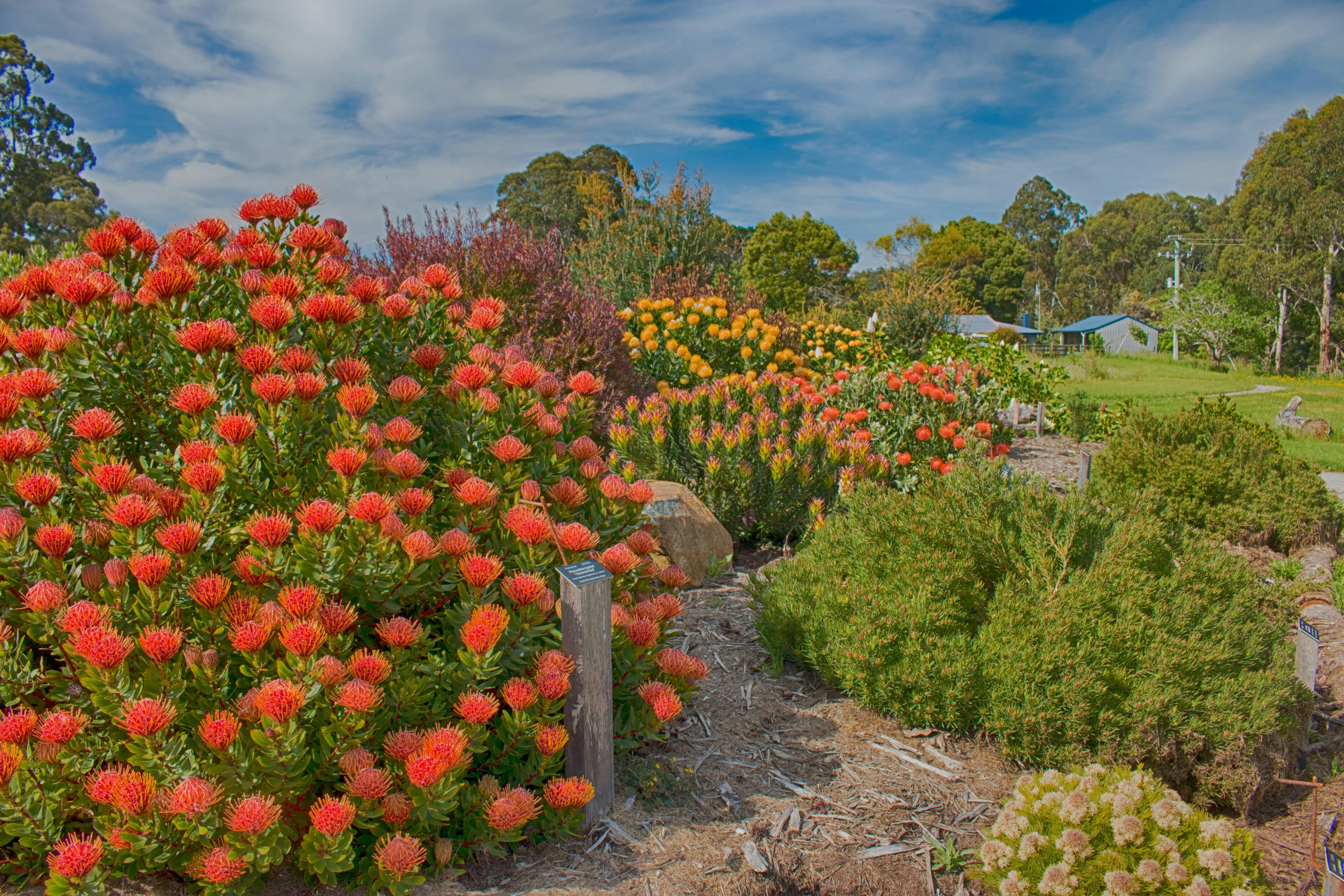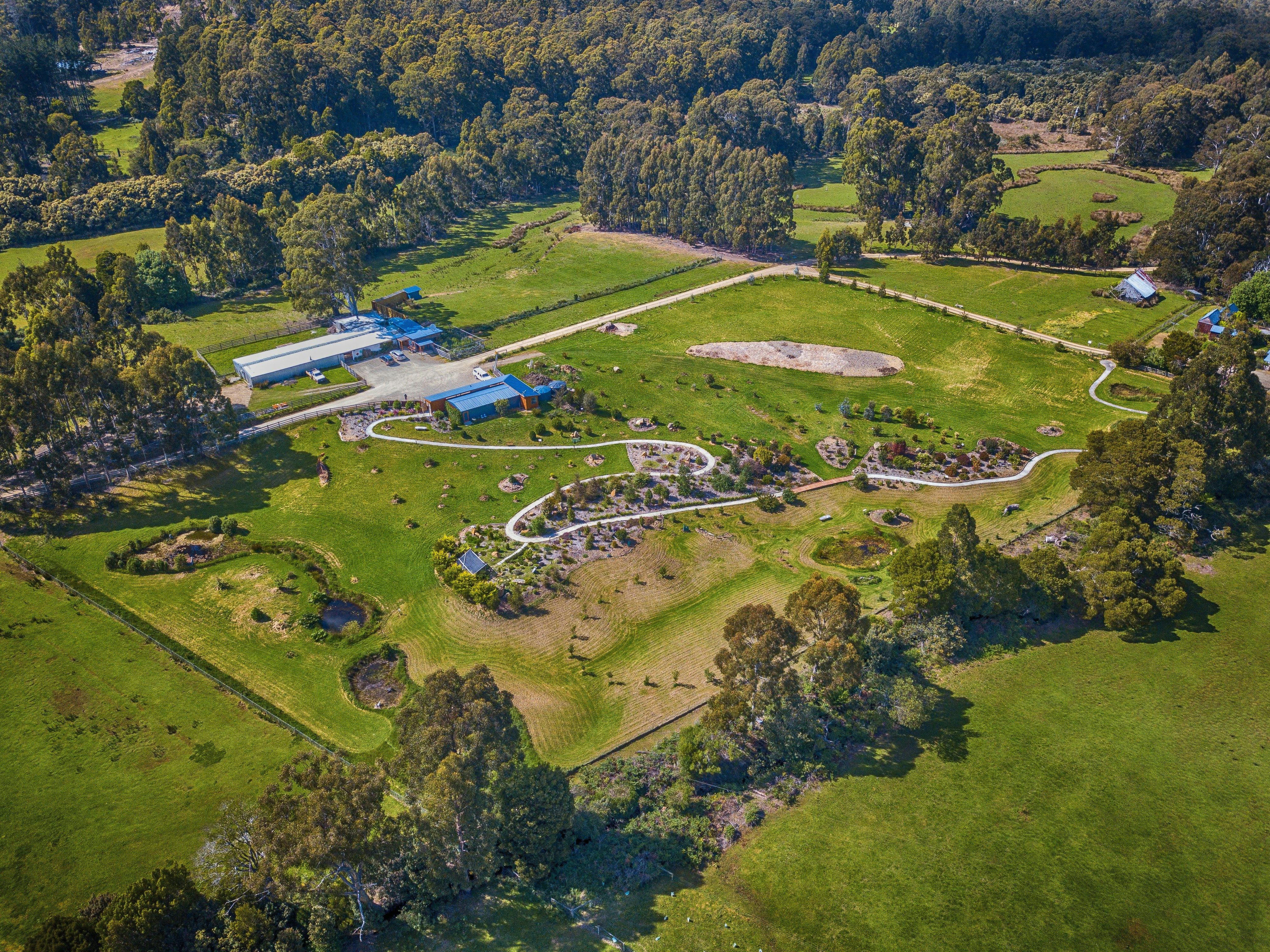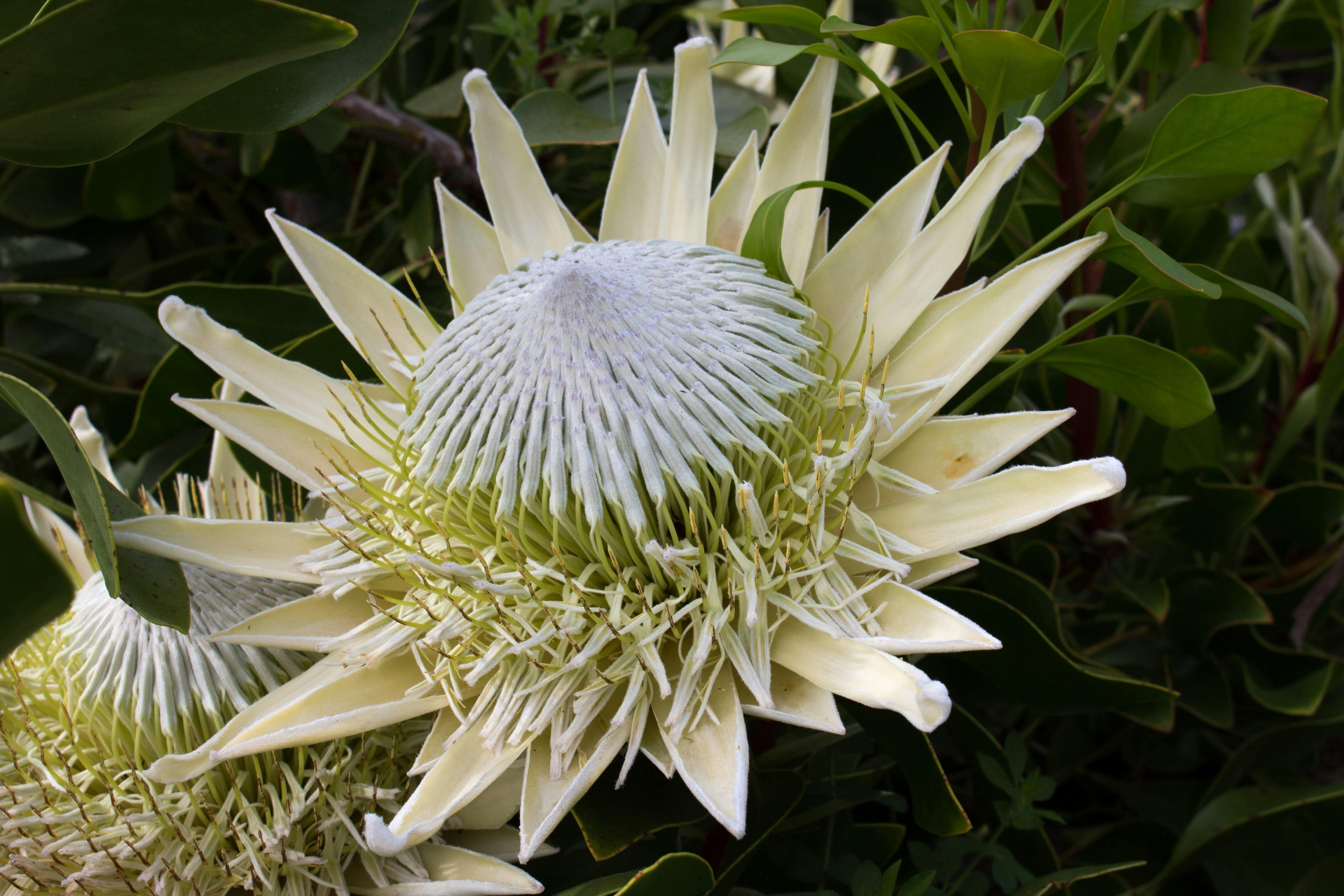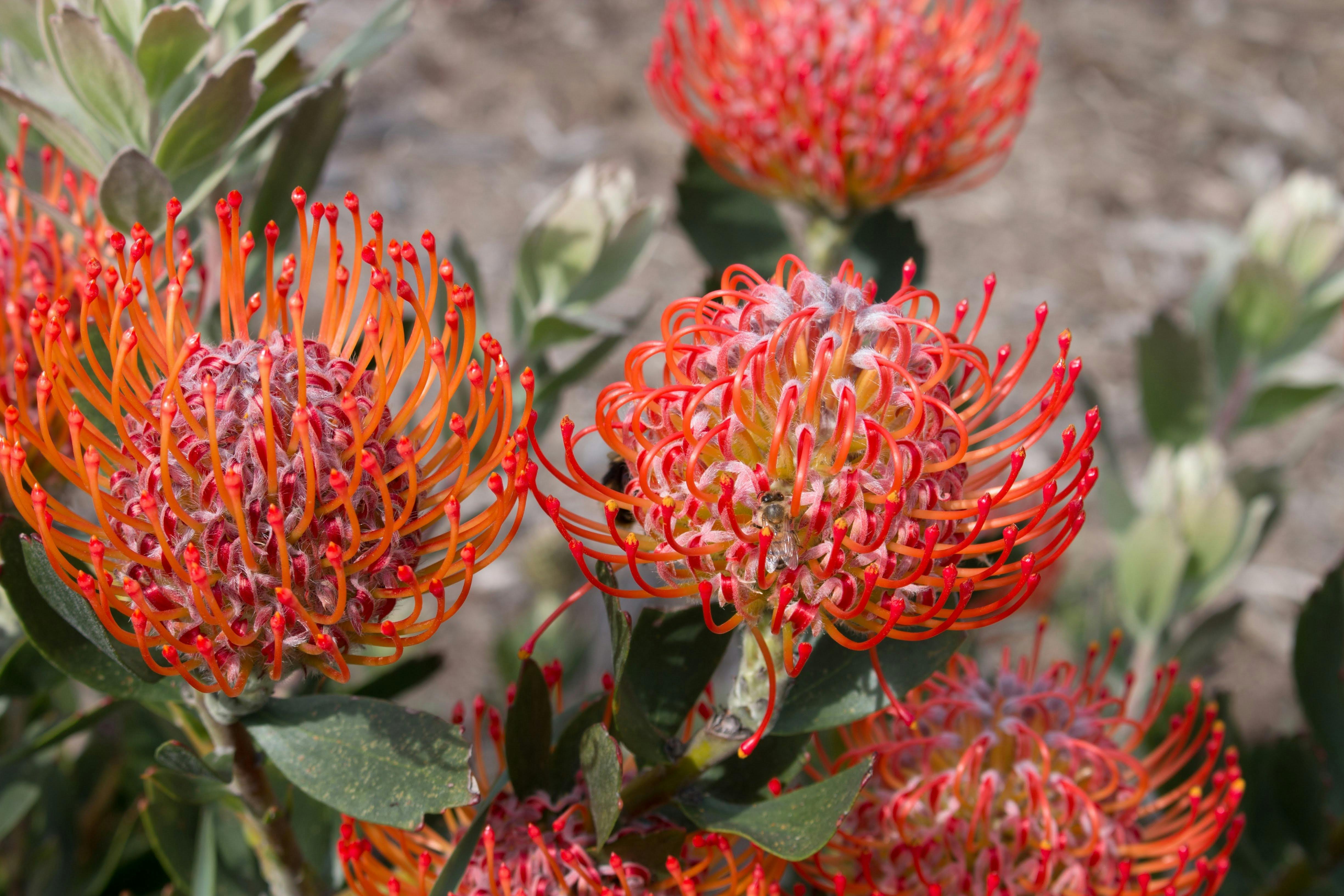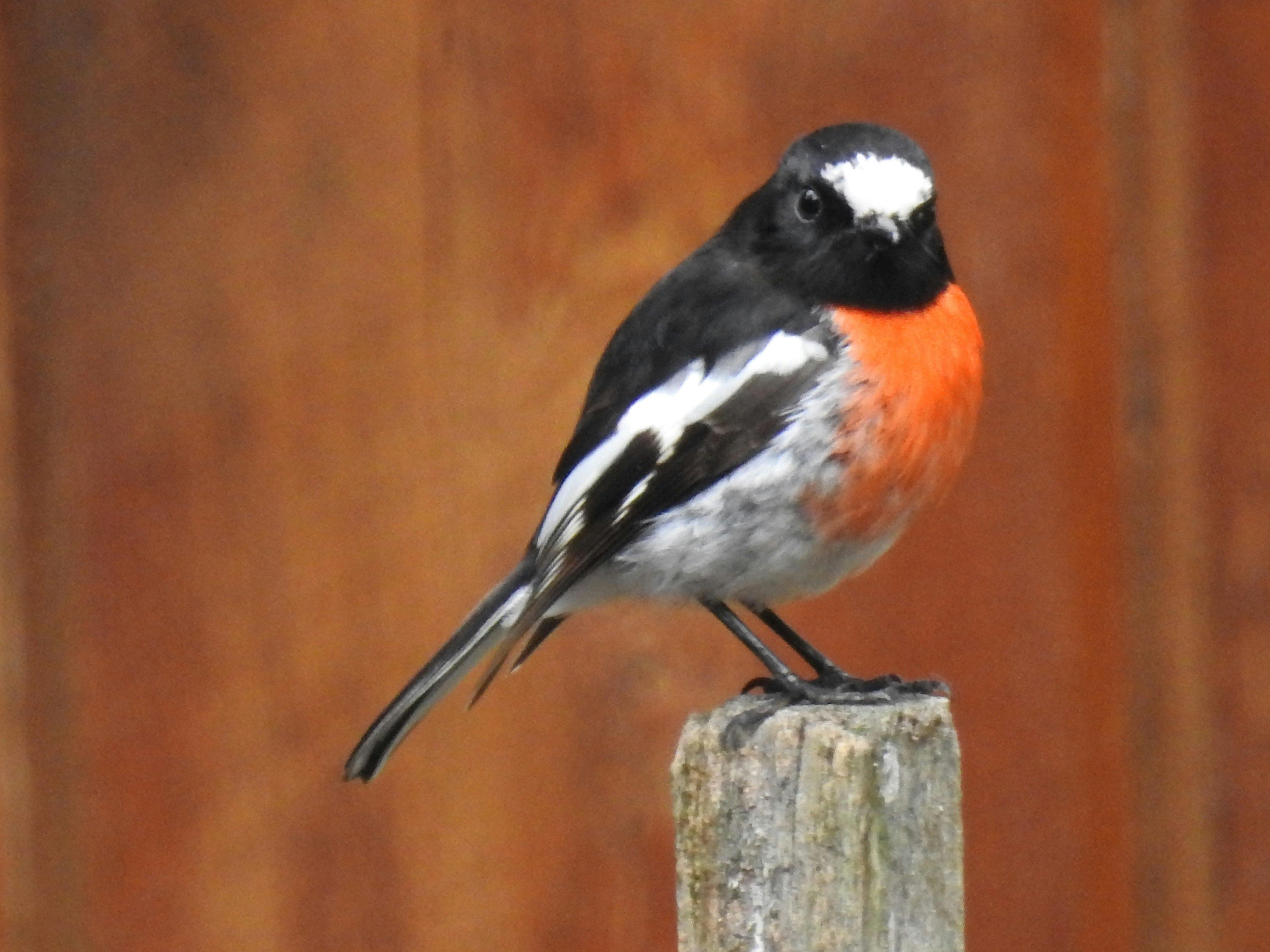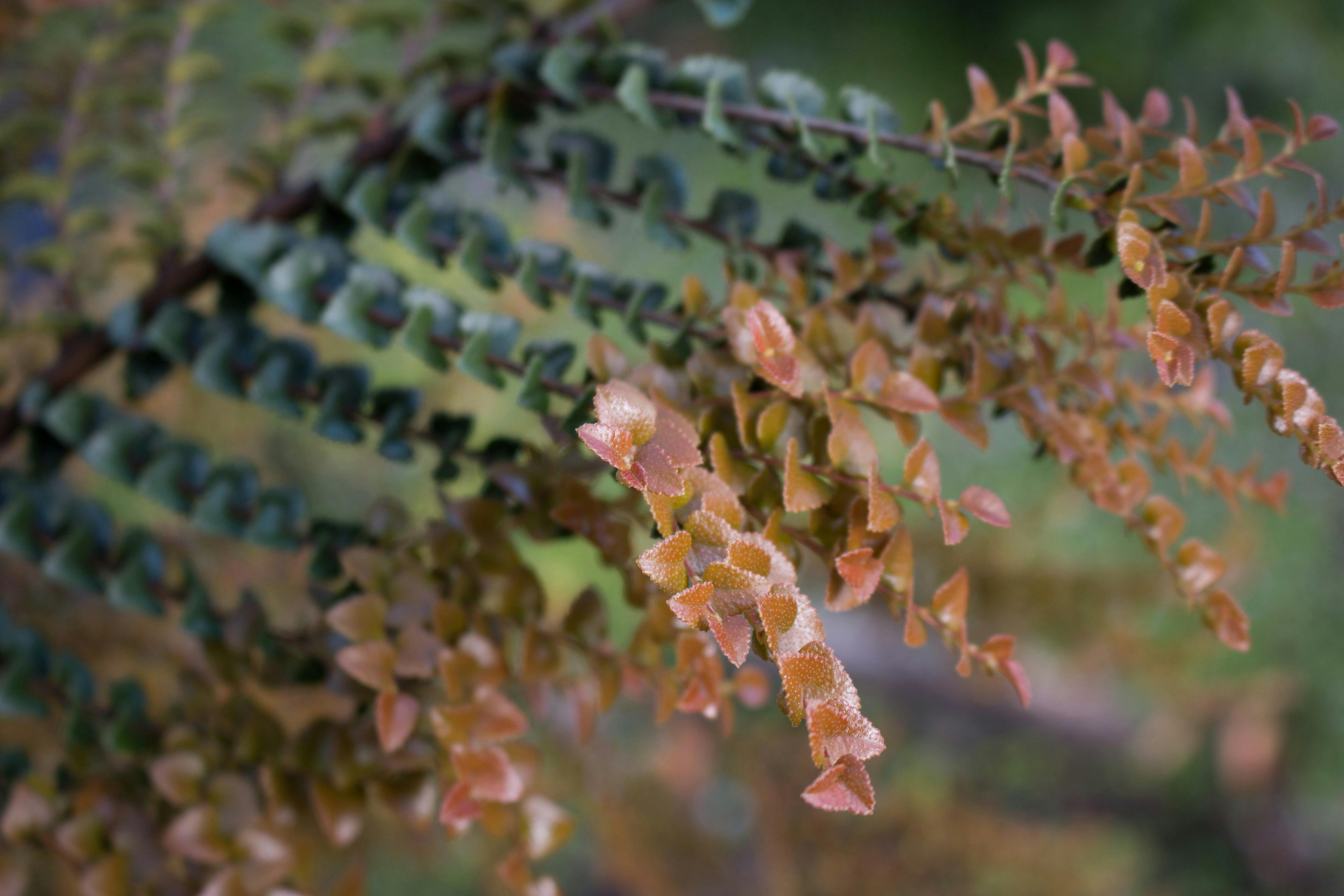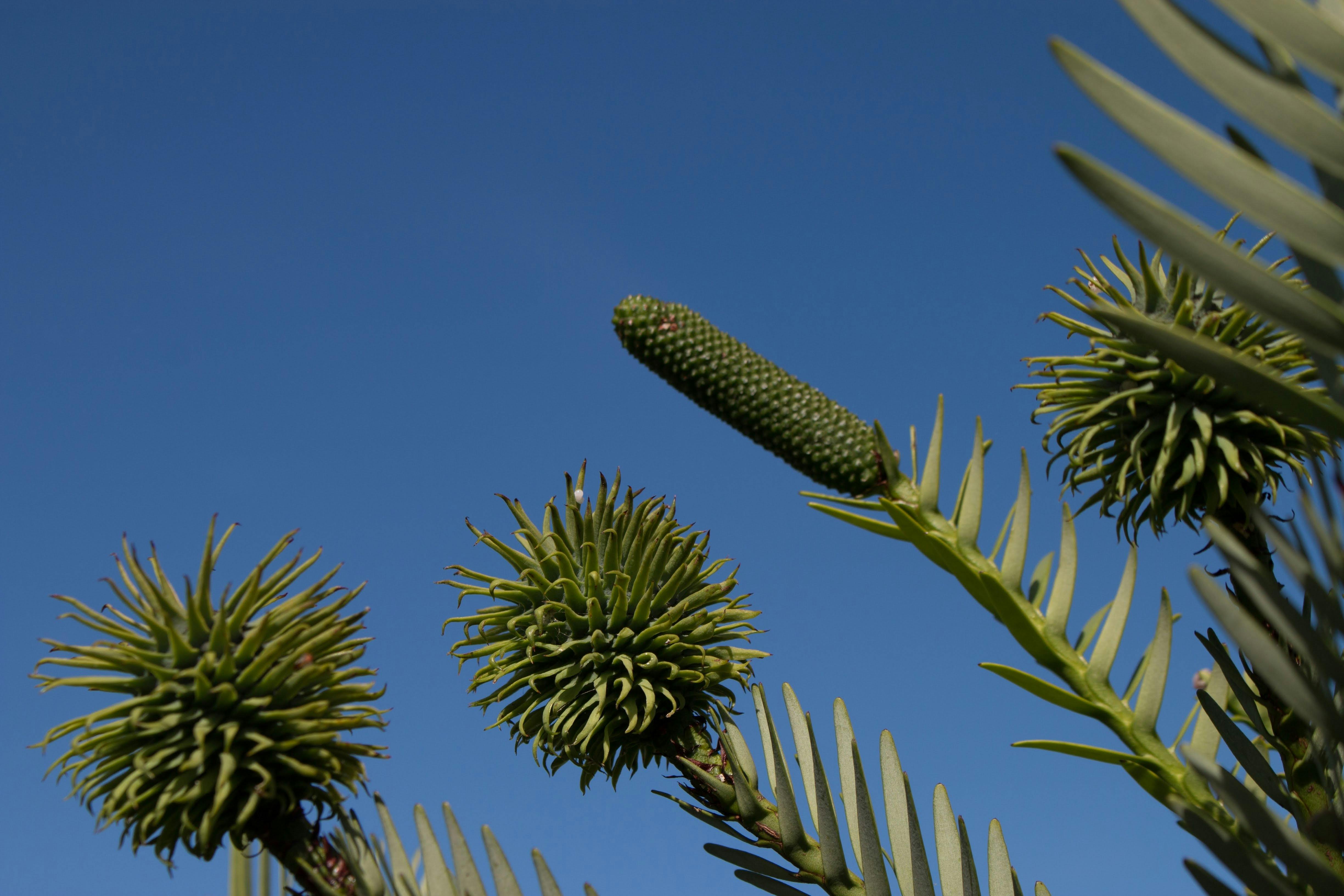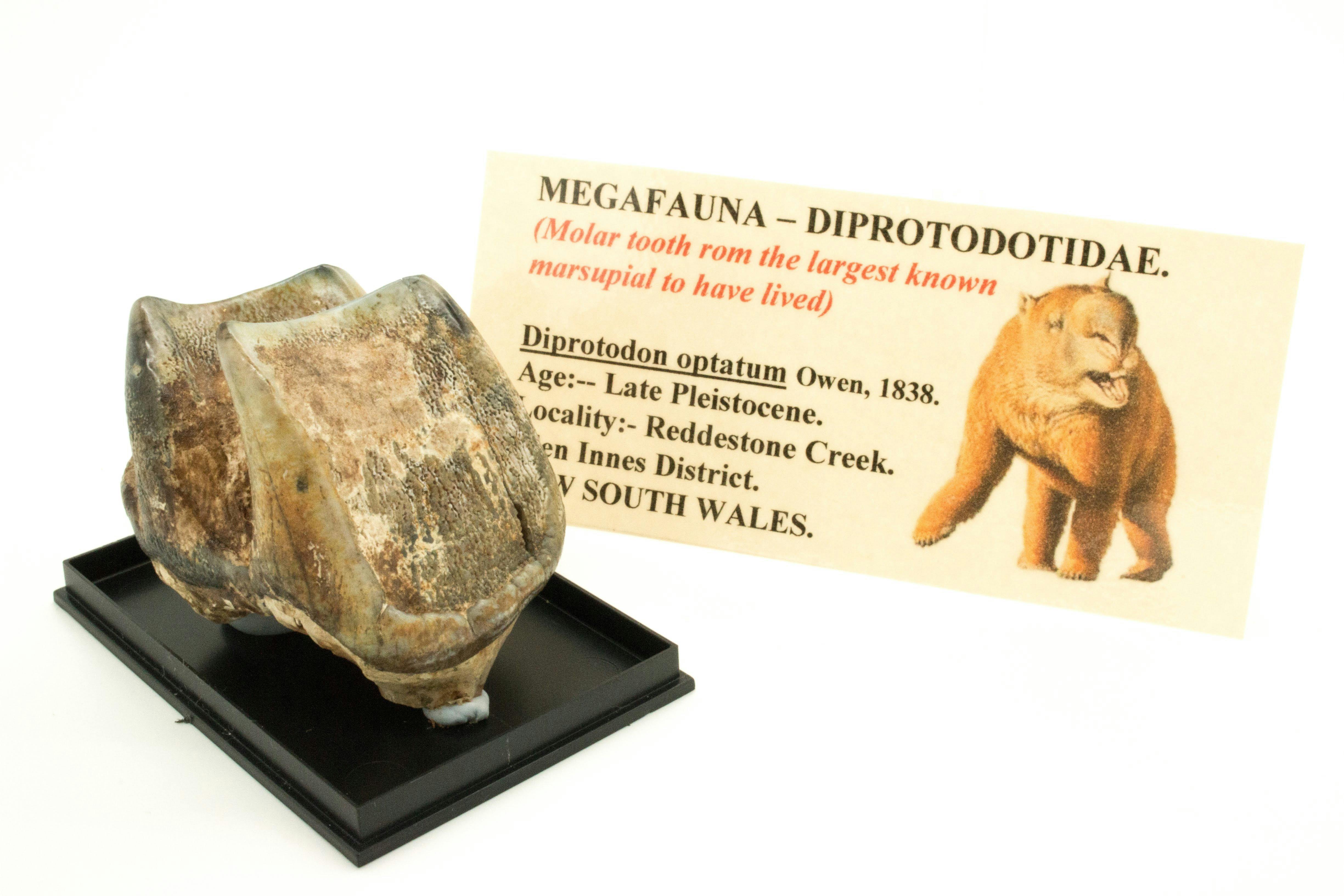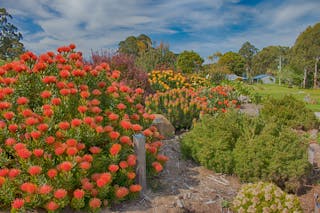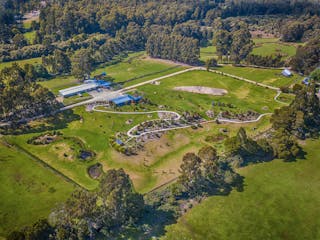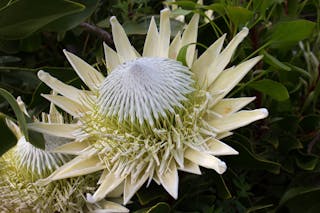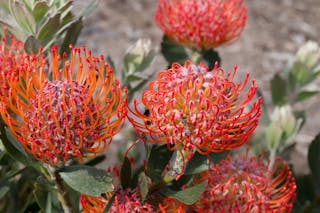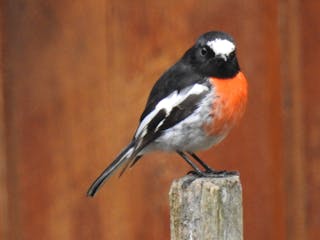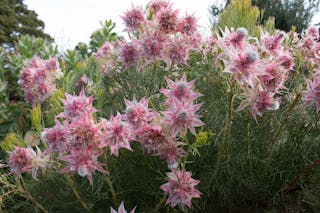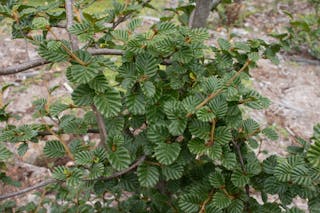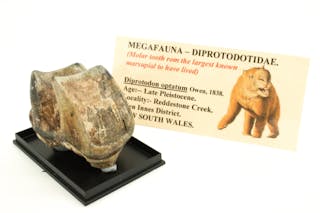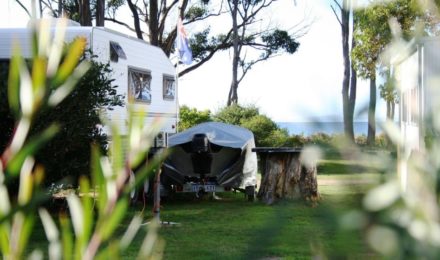The Inala Jurassic Garden highlights the Gondwanan connections of a range of living plant families whose ancient ancestors thrived in the Jurassic period when the Gondwanan Supercontinent started splitting apart (about 185 million years ago) to form the southern land-masses that we now know as Australia, New Zealand, South Africa, South America and New Caledonia.
Designed across five acres of gently undulating land and accessed by a winding, wheelchair-friendly path, the Garden gives visitors an insight into the ancient connections of species that are planted in family groups to demonstrate the similarities between species that are now found in these geographically-distant countries.
Over 600 species comprising around 50 plant families are represented in the garden and demonstrate current distributions of species by vicariance and dispersal. Each specimen is fully labelled with a catalogue number, family name, botanical name and common name and location of wild origin and interpretation signs for each family are located around the garden.
There are strong connections between the Nature Museum and Jurassic Garden, with many of the ancient fossils on display also featuring as living versions just outside in the Garden.

